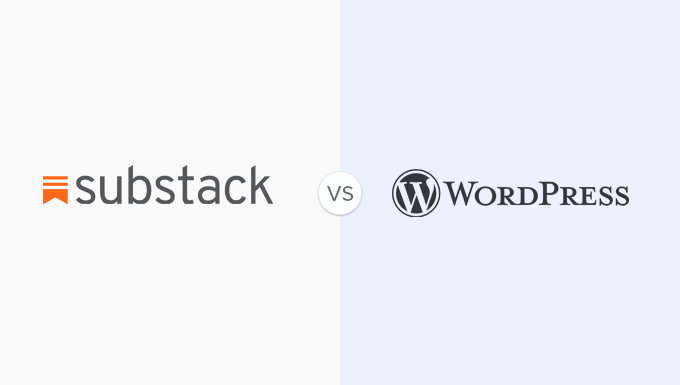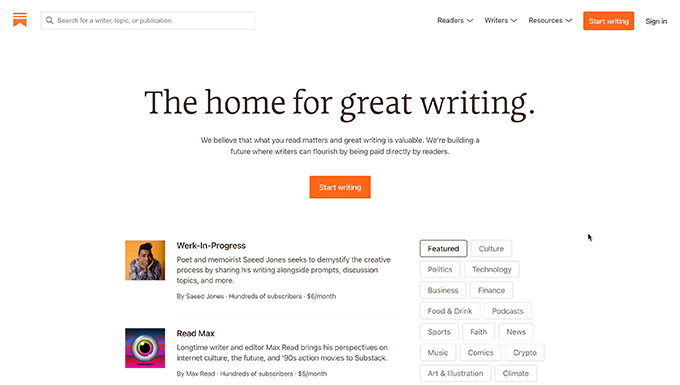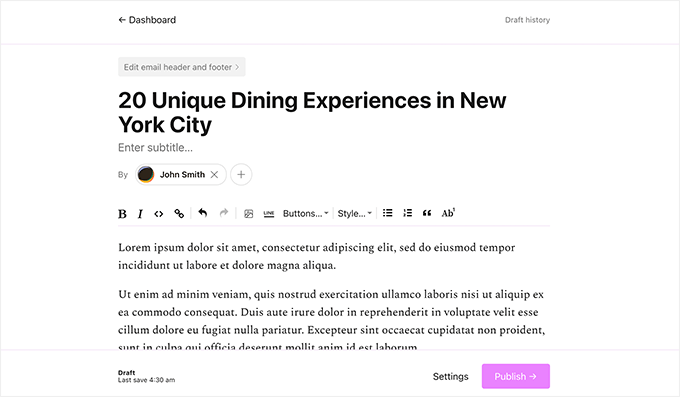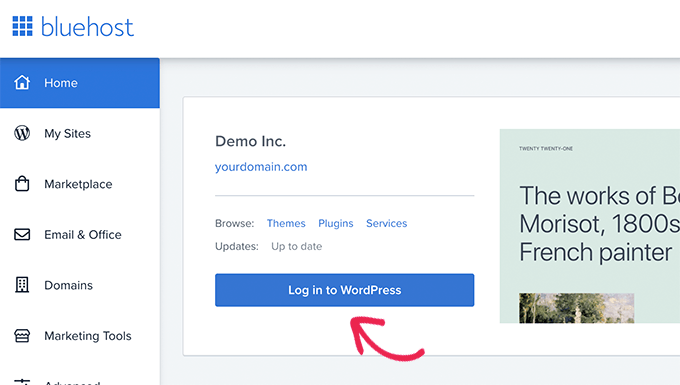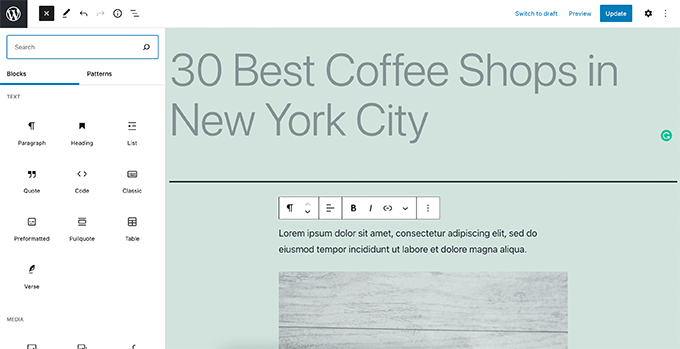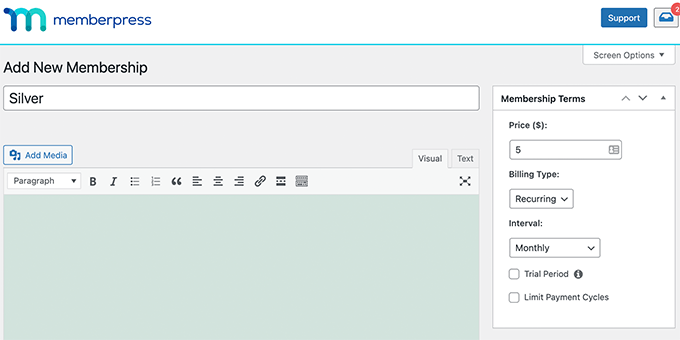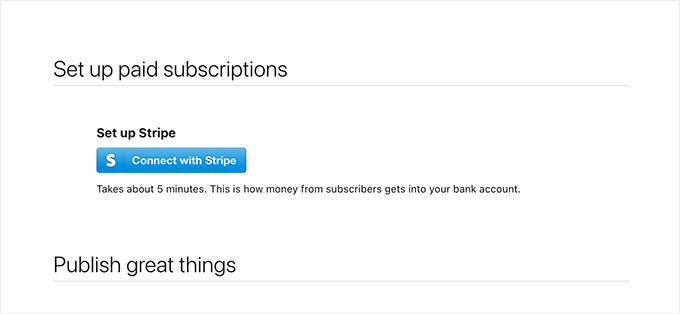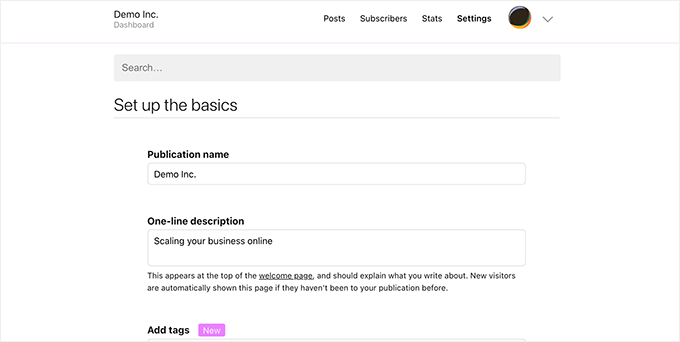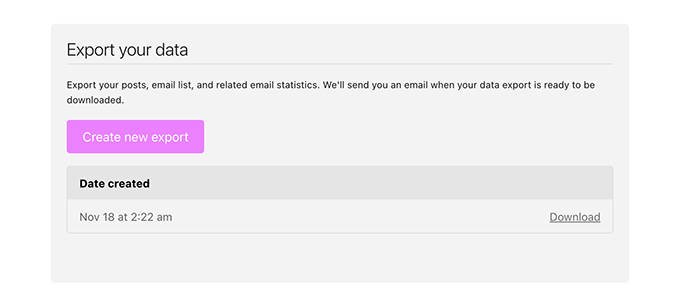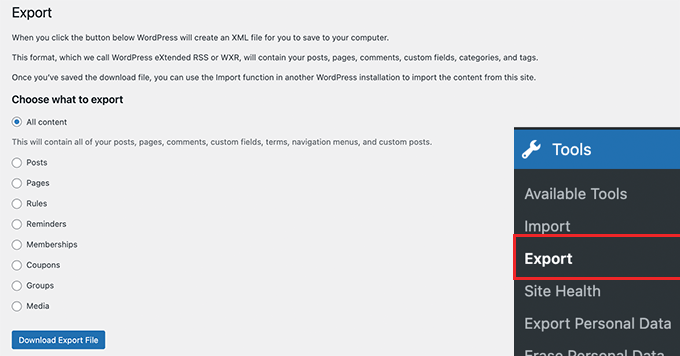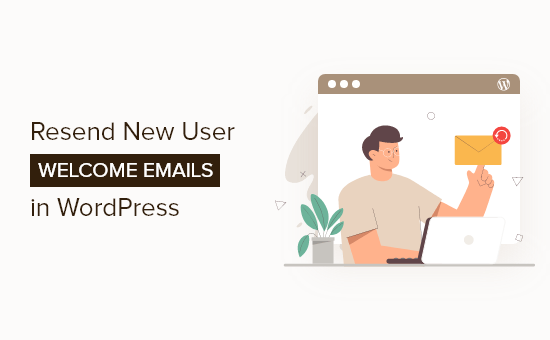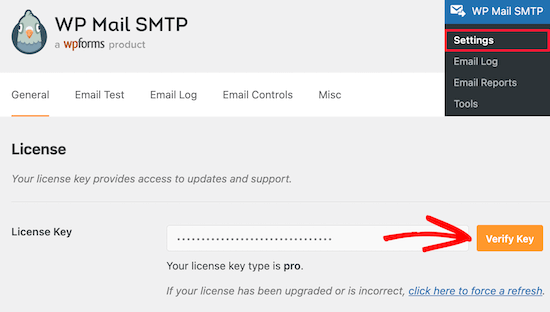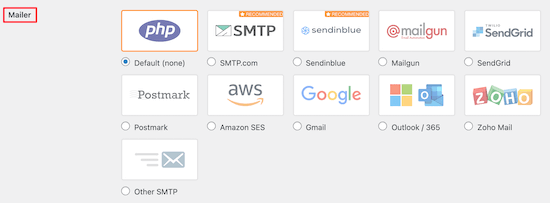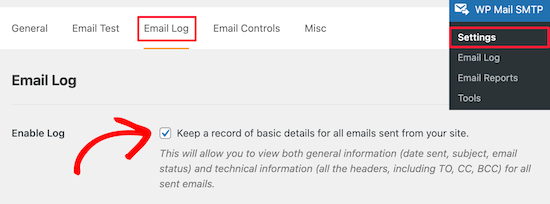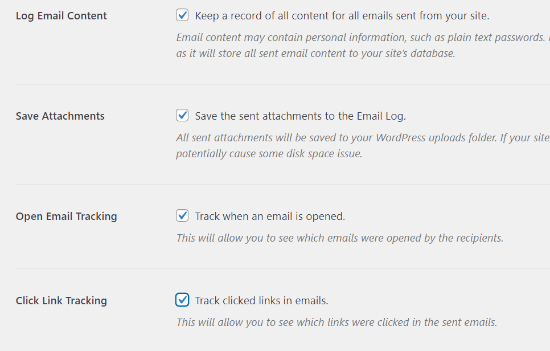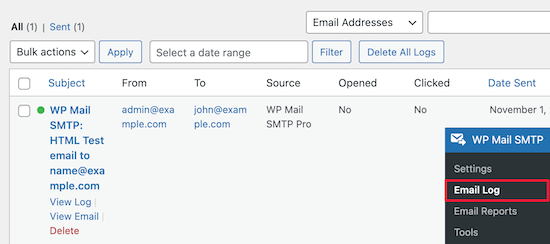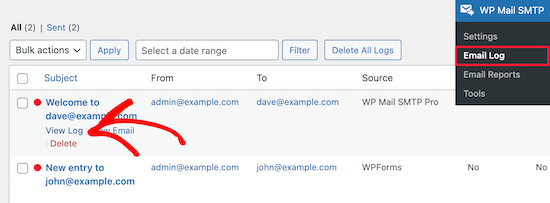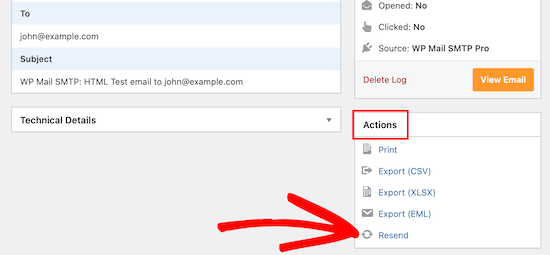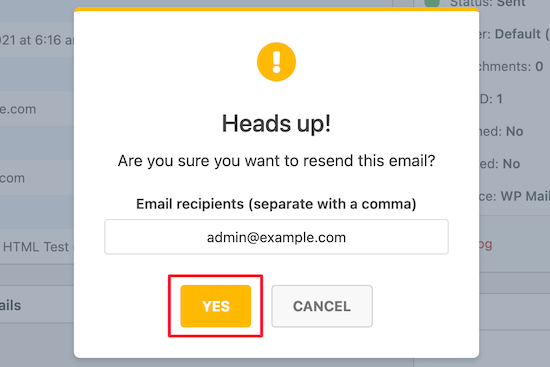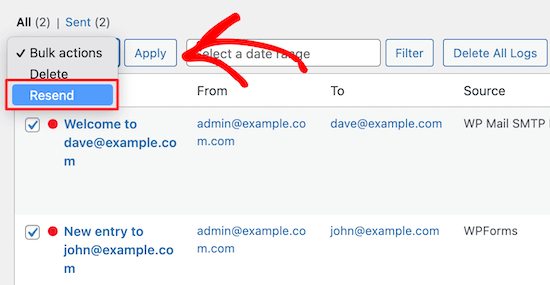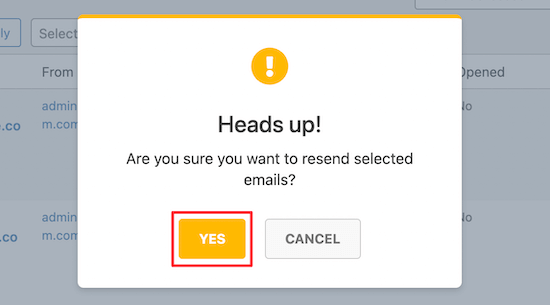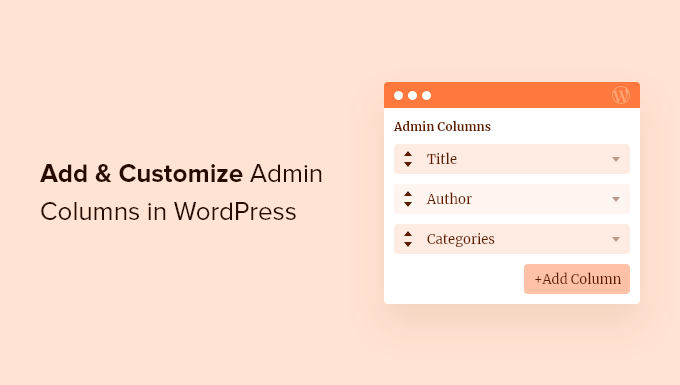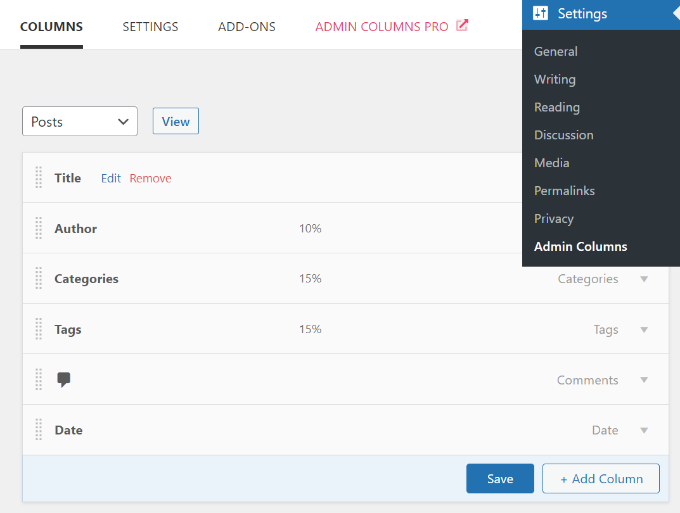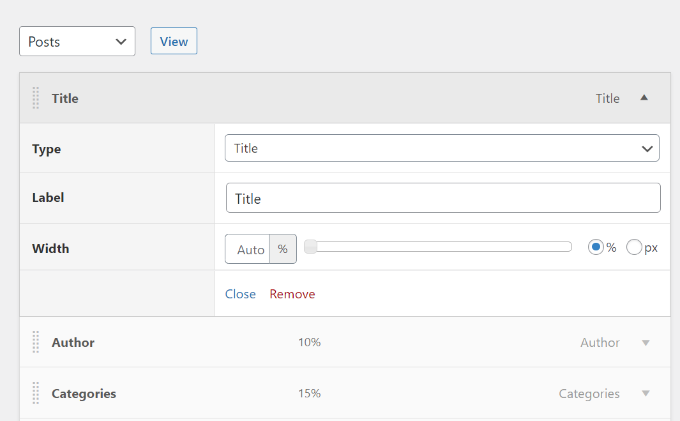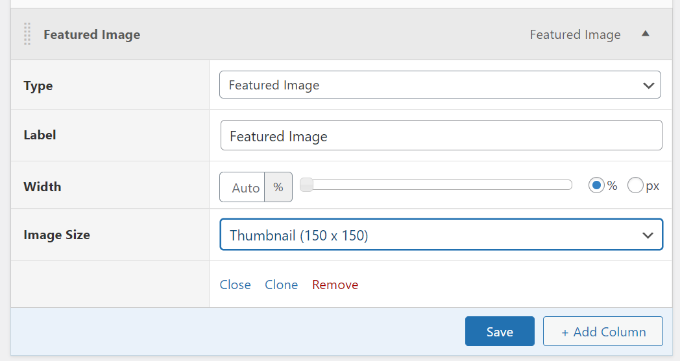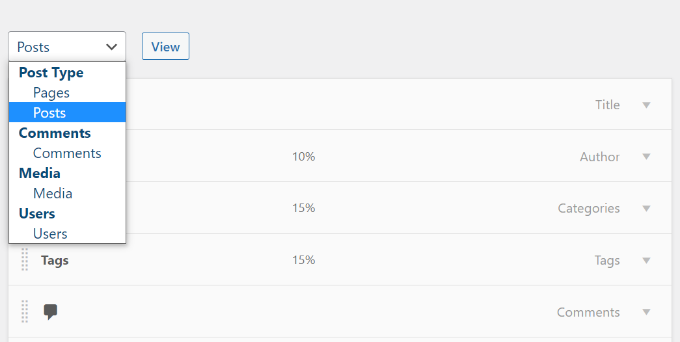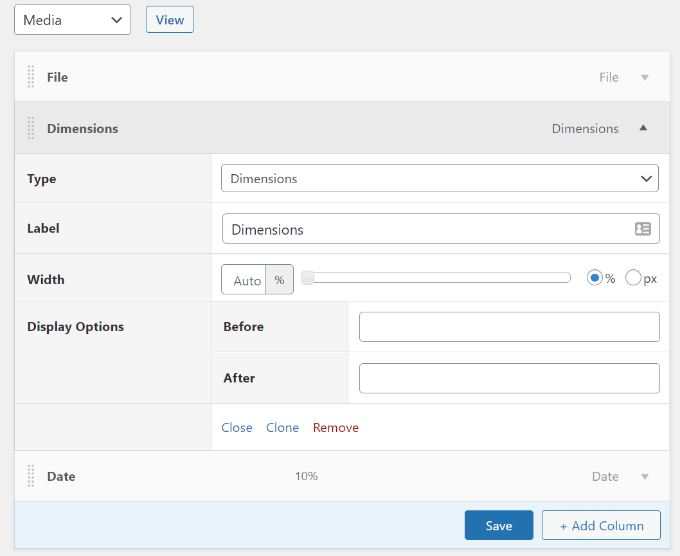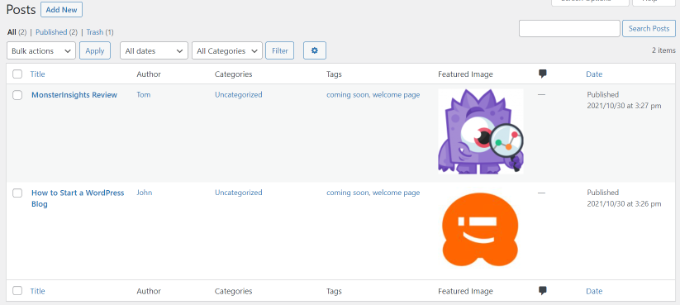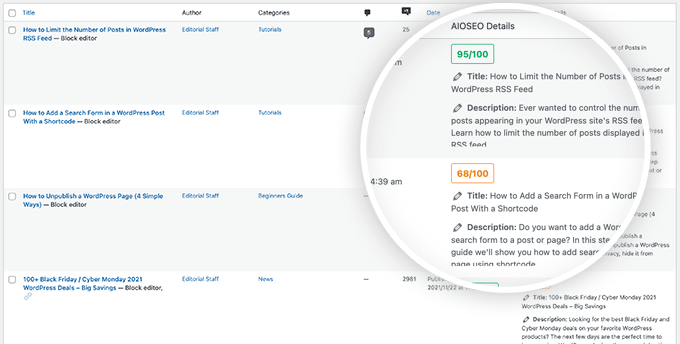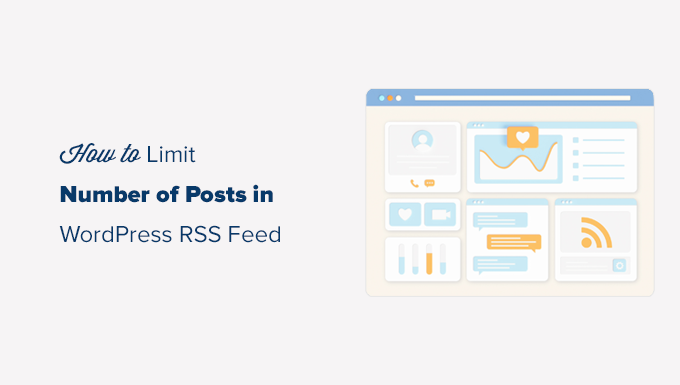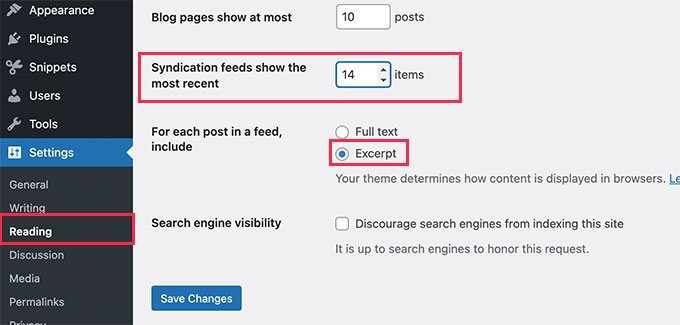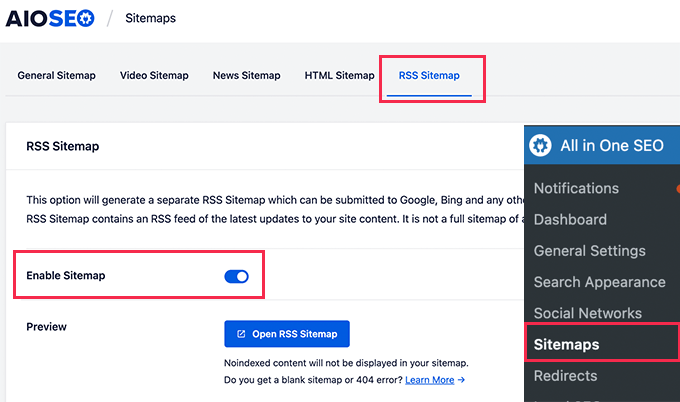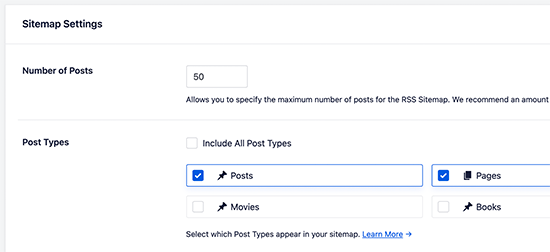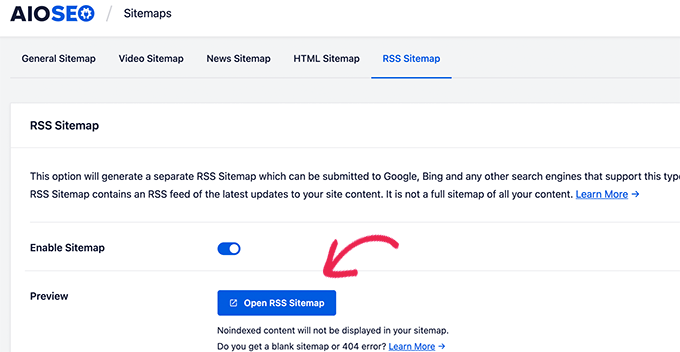Recently, one of our readers asked us how to clear cache in WordPress?
Your web browser, hosting server, and caching plugins can all serve cached content which can make it difficult for you to see the changes you made to your website right away.
Clearing your WordPress cache is also the first troubleshooting advice that you’ll often hear.
In this article, we will show you how to properly clear the cache in WordPress. We’ll cover browser cache, web hosting cache, and top WordPress caching plugins in this guide.
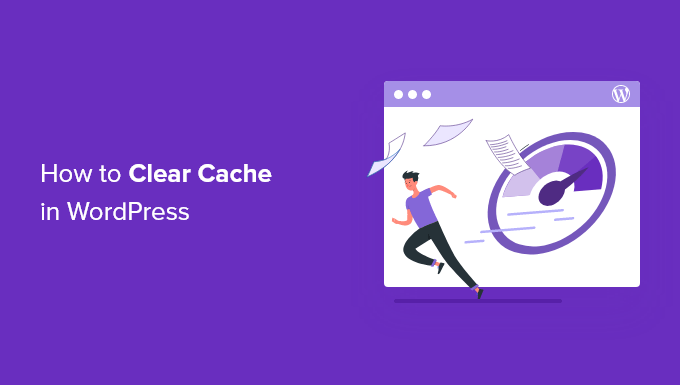
What is Caching in WordPress?
Caching solutions will store static versions of your website in a cache. This allows WordPress to skip running heavier PHP scripts every time your site loads.
The caching process helps to improve WordPress speed and performance, and the overall user experience.
Here’s an example of what the caching process looks like:
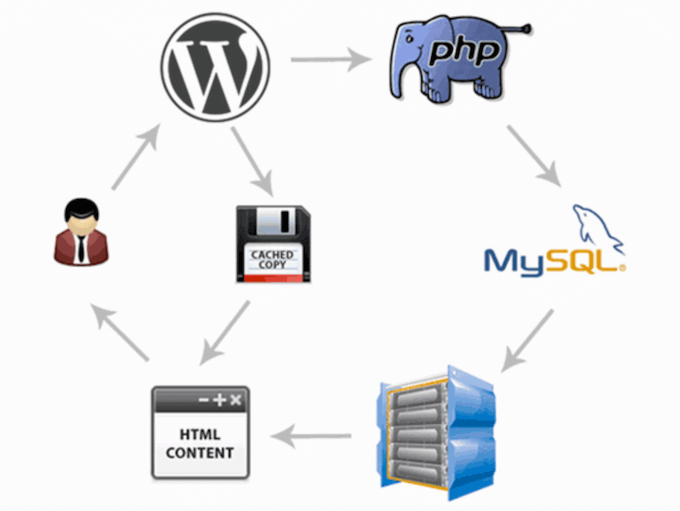
There are several different types of caching solutions available for WordPress. The most popular method is using a WordPress caching plugin like WP Rocket or WP Super Cache.
These plugins give you control over what files and media are cached, when the cache expires, when the cache is cleaned up, and more.
Depending on your hosting provider, you might already have WordPress caching built in. For example, managed WordPress hosting companies like WP Engine run their own caching solutions.
Popular WordPress hosts like Bluehost and SiteGround also have built in caching for their users.
If you’re using a web application firewall like Sucuri or Cloudflare to improve your WordPress security, then there’s also a cache to speed up your site and reduce downtime.
Finally, most modern web browsers will also store cached versions of pages on your web browser.
Why Clear Your WordPress Website Cache?
Sometimes the cache won’t realize that changes have been made to your WordPress website. Instead of loading the new version of your site, you’ll be stuck seeing an old version.
This will prevent both you and your visitors from seeing any updates you’ve made.
Clearing your WordPress cache ensures the most recent version of your website will always be live.
With that said, let’s take a look at how to clear your browser cache in WordPress. Simply use the quick links below to jump straight to the method you want to use.
- Clear your web browser cache
- Clear cache in your WordPress caching plugin
- Clear cache in your WordPress hosting
- Clear cache in your WordPress firewall plugin
Video Tutorial
If you prefer written instructions, then please continue reading.
Method 1: Clear Your Web Browser Cache
First, you need to clear your web browser cache. Most web browsers store static website content like stylesheets, JavaScript, images, and other website files to improve loading speeds.
But sometimes, web browsers may fail to realize a web page has changed. Instead of fetching a fresh copy, they’ll load the page from the cached version stored in your browser.
To clear your browser cache in Google Chrome, click on the menu icon, then select More Tools » Clear Browsing Data.
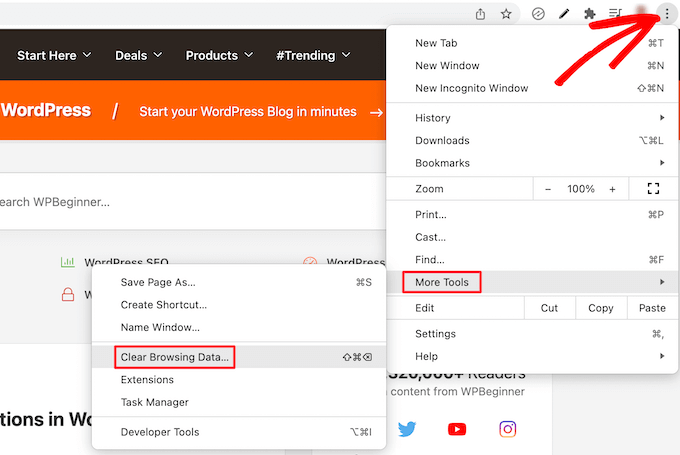
This brings up a popup where you can select the content you want to remove from the cache.
Make sure the ‘Cached images and file’ box is checked, then click the ‘Clear browsing data’ button.
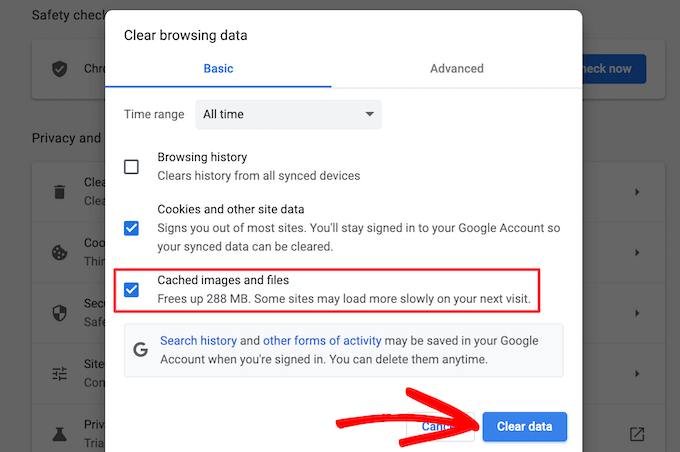
Now, you’ve successfully cleared your browser cache. You can visit your WordPress blog to see if it’s loading the new version of your site.
For more details, see our guide on how to clear your browser cache in all major browsers.
If you’re still not seeing the changes you made to your website, then move on to the other methods in this article.
Method 2: Clear Cache in Your WordPress Caching Plugin
If you’re using a WordPress caching plugin on your site, then you need to clear your plugin cache.
Here’s how to clear your cache with some of the most popular WordPress caching plugins.
Clear Cache in WP Rocket
WP Rocket is the best WordPress caching plugin in the market. The best part about using WP Rocket is that it proactively builds your WordPress cache in the background, so your users are always served a cached version of your site.
It also makes it very easy to clear cached files with a single click.
Simply go to the Settings » WP Rocket and click on the ‘Clear Cache’ button in the plugin dashboard.
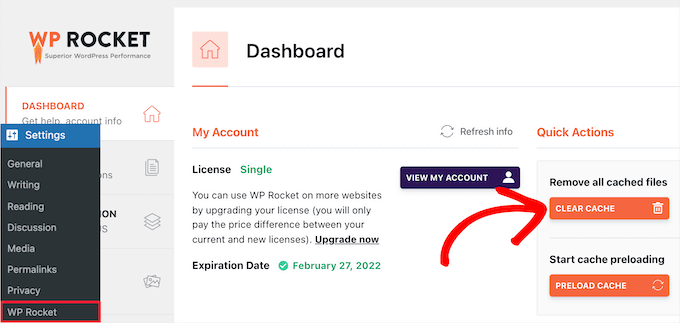
Now WP Rocket will now clear all of your cached files for you.
Clear Cache in WP Super Cache
WP Super Cache is another popular WordPress caching plugin. It allows you to clear or purge all cached content with a single click.
Simply go to Settings » WP Super Cache in your WordPress admin dashboard, and then click the ‘Delete Cache’ button in the ‘Delete Cached Pages’ section.
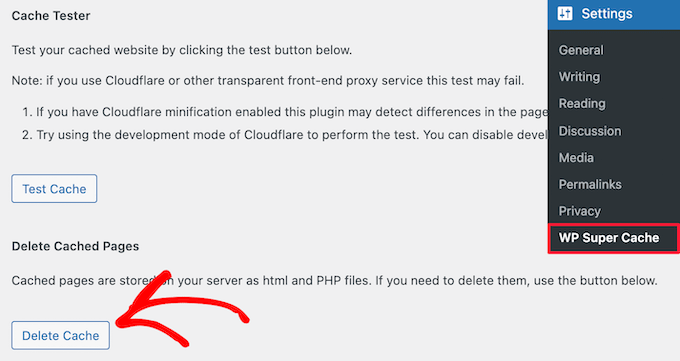
Now, WP Super Cache will delete all of the cached files from your website.
Clear Cache in W3 Total Cache
W3 Total Cache is a widely used WordPress caching plugin. Like the other plugins above, you can clear all caches with a single click.
You need to go to Performance » Dashboard and then click on the ‘empty all caches’ button.
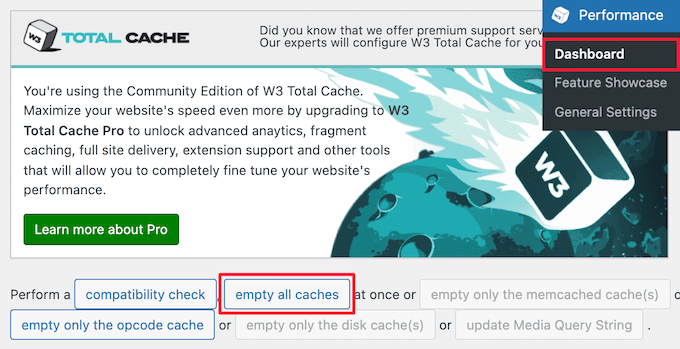
W3 Total Cache will now delete all cached content for your site.
Method 3: Clear Cache in Your WordPress Hosting
Some WordPress hosting providers have built in caching options to help speed up WordPress.
Here’s how you can clear your web host cache in some of the most popular WordPress hosts.
Clear Cache in WP Engine
WP Engine is one of the top managed WordPress hosting providers. They have their own built-in caching solution, so users don’t need to install a caching plugin.
If you’ve made changes to your site, but they aren’t showing up, then you can clear the WP Engine cache from your WordPress admin area.
You need to click the ‘WP Engine’ menu item in your WordPress admin bar, select the ‘Caching’ menu option, then click the ‘Clear all caches’ button.
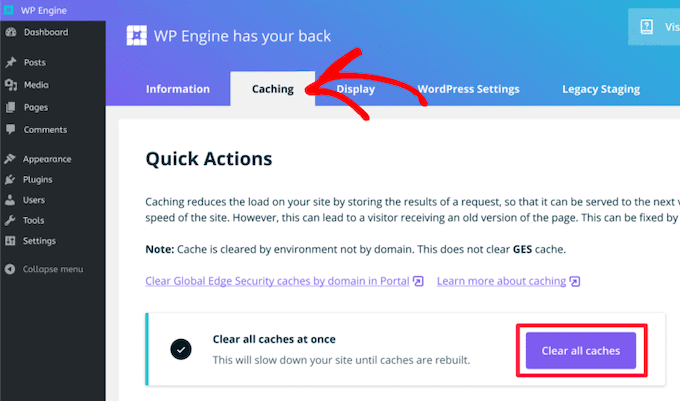
WP Engine will automatically purge every stored cache for your WordPress site.
Clear Cache in Bluehost
Bluehost is one of the best WordPress hosting providers and is officially recommended by WordPress. They have a built in caching solution that instantly improves your WordPress performance and speed.
Bluehost makes it easy to clear your WordPress cache from your WordPress admin area.
Simply log in to your WordPress admin dashboard, and you’ll see a ‘Caching’ button in the top admin toolbar. Hover over this, then click the ‘Purge All’ option.
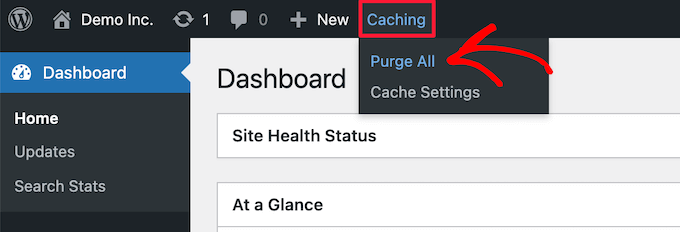
Bluehost will now clear all files from your WordPress cache.
Clear Cache in SiteGround
SiteGround is a leading WordPress hosting provider that’s known for speed and top-notch customer support. They offer a built-in caching solution to improve your website performance.
You can clear the SiteGround cache from your hosting account control panel as well as the WordPress admin area.
To clear your cache from your Siteground control panel, you need to log in to your hosting account dashboard and go to Speed » Caching under the site tool section.
Then, select the ‘Dynamic Cache’ menu option. Next, click on the menu icon next to your domain name and select the ‘Flush Cache’ option from the drop down.
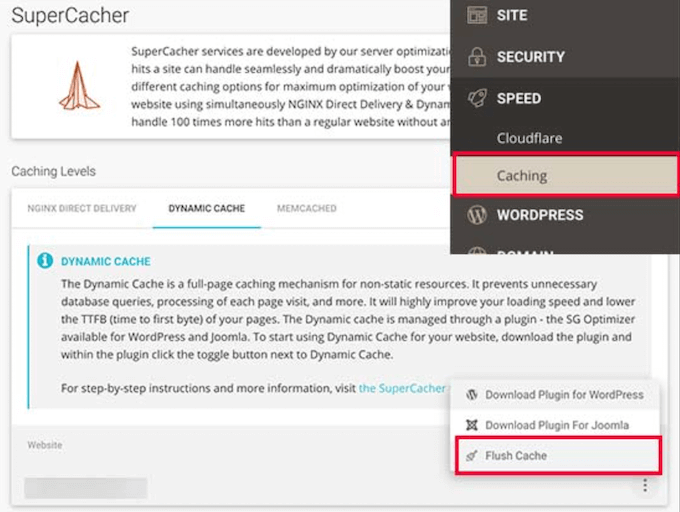
Another way you can manage your Siteground cache is with the SG Optimizer plugin. First thing you need to do is install and activate the plugin. For more details, see our guide on how to install a WordPress plugin.
Upon activation, you need to click the ‘Purge SG Cache’ button in your top WordPress admin toolbar.
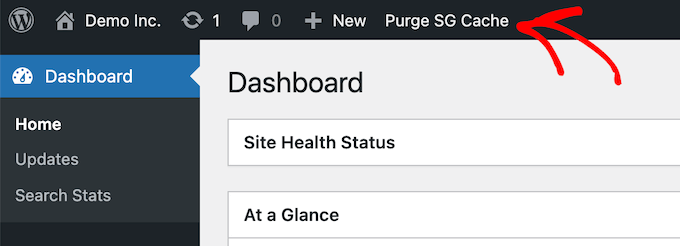
The plugin will automatically clear your SiteGround WordPress cache.
Method 4: Clear Your WordPress Firewall Plugin Cache
If you’re using a WordPress firewall like Sucuri to protect your website, then there’s another layer of caching you’ll need to clear.
You can clear your Sucuri cache by going to Sucuri » Firewall (WAF) in your WordPress admin panel.
Then, select the ‘Clear Cache’ menu option and then click the ‘Clear Cache’ button.
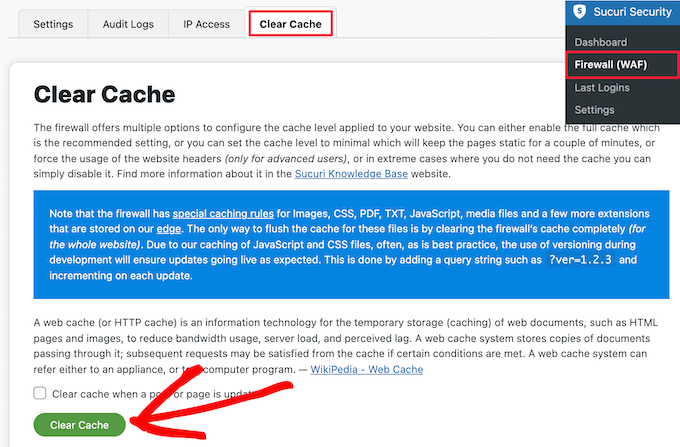
Bonus tip: If you’ve recently moved your WordPress site, then you may also need to clear your DNS cache. This ensures you’re getting updated DNS information and accessing the newest version of your site. For more details, see our guide on how to clear your DNS cache.
We hope this article helped you learn how to clear your cache in WordPress. You may also want to see our step by step guide on how to create an email newsletter and our expert picks of the best live chat software for small businesses.
If you liked this article, then please subscribe to our YouTube Channel for WordPress video tutorials. You can also find us on Twitter and Facebook.
The post How to Clear Your Cache in WordPress (Step by Step) first appeared on WPBeginner.
from WPBeginner https://ift.tt/3bkGFng
More links is https://mwktutor.com
